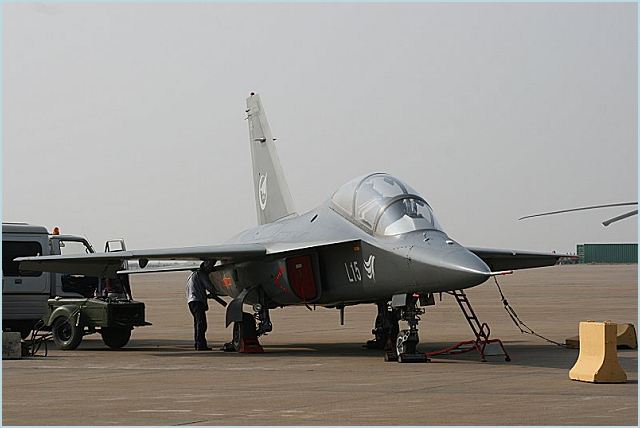Breaking news
China wants to conquer the aviation market of South America with competitive prices 2911122.
| a | |||
| |
|||
World
Aviation Industry News - China |
|||
| China wants to conquer the aviation market of South America with competitive prices. | |||
Defense
manufacturers in Brazil and Chile face new competition from China's rapidly
developing aviation and arms industries, showcased at the Zhuhai International
Air Show. The air show surprised Western military analysts with the diversity
and variety of Chinese defense products that are destined for international
markets at competitive prices. |
|||
 Scale model of Chinese FTC-2000G light multipurpose jet trainer at AirShow China 2012 in Zhuhai. |
|||
Chinese arms manufacturers
also demonstrated they had honed skills and removed elements that earned
them notoriety for substandard production and unreliability, observers
at the air show said. |
|||
 The Aviation Industry Corp. of China revealed its supersonic L-15 Hunting Eagle advanced jet trainers. |
|||
Although
recent U.S. administration efforts have tried to reverse the trend, both
U.S. officials and defense businesses are up against rivals who are willing
to offer their weapons systems at discounted rates and easy payment terms. Chinese defense manufacturers are keen to establish their military wares' reputation after many years of bad publicity caused by poor performance of previously supplied Chinese equipment. The current focus of Chinese manufacturers is on targeting less developed countries that want to have new military equipment but do not have the resources to afford it. Chinese firms are keen to find customers and offer them special rates, industry sources said. The Zhuhai air show, seen by China as its most important platform for showing off military and civilian aircraft technologies, attracted about 650 aviation and aerospace manufacturers from more than 35 countries, but China revealed many new brands in its displays. The Aviation Industry Corp. of China revealed its supersonic L-15 Hunting Eagle advanced jet trainers. Chinese manufacturers are also aiming to replace engines based on Russian and Ukrainian models that will give them an edge over rivals. AVIC has said it plans to develop the L-15 into a target drone, DefenseNews.com said. AVIC's Guizhou Aircraft Co. showed off a modified FTC-2000 light multipurpose jet trainer that seems likely to compete with Embraer models that are trying to capture international markets from U.S. and European manufacturers. Guizhou also displayed a new model for Harrier III unmanned aerial vehicle which can cruise for up to 24 hours. The market for unmanned aerial vehicles and aerial systems is set to expand across Latin America. Several nations other than Brazil and Chile are exploring ways of producing their own UAVs as a substitute for fighter or surveillance aircraft they can't afford to buy. This is an area where China aims to find customers with its own competitively priced hardware. The Boeing Co., which set up aviation and defense technology partnerships in Brazil, is hoping to expand its role in the region but competition is getting tougher, analysts said. |
|||



















